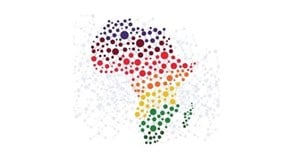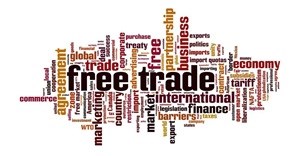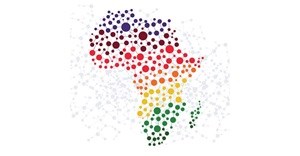Free Trade Area officially launched for SADC region
Launched during the 28th SADC Summit, the agreement ushers in a new era of economic integration and rapid industrialisation of the sub-region through expanded trading opportunities.
Speaking at the official launch, President Thabo Mbeki, who is also the new SADC chairperson, told delegates from SADC member states that the FTA was a collective milestone in the region's ongoing integration programme.
"Today we can say with pride that our collective efforts have borne fruits, and that we have successfully met the objective we set ourselves. Indeed it required hard work, dedication, resolve and an unswerving commitment to mobilise our limited resources so as to meet our objective," President Mbeki said.
With the goal of eliminating tariffs and trade barriers among member countries, the FTA agreement is part of the SADC's ongoing efforts to deepen long-term regional integration with the aim of accelerating economic growth while reducing poverty for the millions of people living on the continent.
By August 2008, producers and consumers would pay no import tariffs on an estimated 85% of all trade on goods in the initial 12 countries, excluding Angola and the Democratic Republic of Congo, who will join the FTA later.
It is expected to create a regional market worth about $360bn, benefiting a total population of 170 million people and includes economies growing by up to 7%.
As the region is about to take on this extensive work programme, President Mbeki told the delegates that they needed to assess how best they could advance the integration effort and the region's trade performance.
He noted that the most serious constraints in growing the region were underdeveloped structures and supply capacity.
As SADC, the President said, the development of infrastructure and supply capacity should be their core priority.
"We must intensify our collective efforts to build and diversify the region's productive capacity to expand the range of products that can be traded."
As we do this, he said the region should continually strive to increase the value addition of those exports.
"In this context, our sectoral work at harmonising regional industrial, agricultural and competition policy should be prioritised as we move forward."
"Cross-border infrastructure development would continue to play an essential role in advancing the integration agenda," he said.
The implementation of the FTA area for the SADC has been a long deliberate process that formally started in 1996 with the signing of the Protocol on Trade, which then entered into force in January 2000.
It was implemented from September the same year following arduous negotiations on the tariff reduction schedules and rules of origin governing that Protocol.
Since then, the liberalisation of tariffs has taken place at different rates.
In general, the developed countries have reduced tariffs at a faster rate. South Africa, Botswana and Namibia removed most tariffs in 2000. Middle income countries such as Mauritius have gradually reduced their tariffs each year between 2000 and 2008.
For least developed countries such as Mozambique and Zambia, tariff reductions have generally been introduced during 2007-2008.
The SADC FTA programme includes establishing a Customs Union by 2010, a Common Market by 2015, a monetary Union by 2016 and a single currency by 2018.
The gains and benefits to be achieved by member states would not be possible otherwise due to the economic size of the countries.
These gains and benefits to be achieved include production, income and employment which would derive from larger economies scale, reallocation and best use of resources.
This is because in a FTA, member states would be able to produce goods and supply them to the larger regional market as opposed to their national markets alone.
The SADC FTA would have far reaching implications for people, companies and the economic process in all member states.
The SADC member states that are to benefit from the FTA are Botswana, Lesotho, Madagascar, Malawi, Mauritius, Mozambique, Namibia, South Africa, Swaziland, United Republic of Tanzania, Zambia and Zimbabwe.
Article published courtesy of BuaNews.









